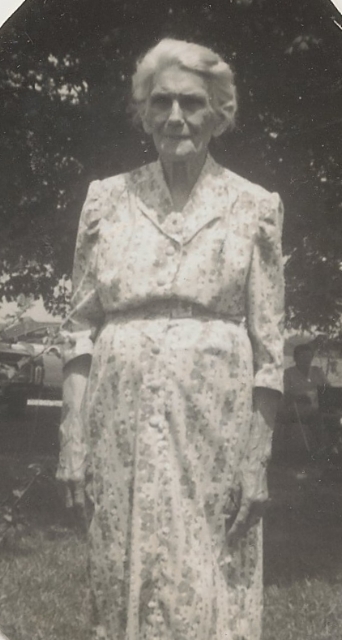Remembering the Beginning
/Are you ever amazed at how much time has passed since you saw someone or since some momentous occasion? If you have children I’m betting you frequently look at them and think, “Where have the years gone?”
Well it’s been 5 years since I started Tennessee Mountain Stories and I can scarcely believe it. Like so many things on the one hand it seems like only yesterday and on the other it seems that I’ve always shared these stories with you.
The site actually launched on September 28, 2013 – but that was just introductory remarks. Five years ago this week on October 12th was the first real story – and it’s still my very best one I think. So I wanted to share it with you here again.
1940’s era Station Wagon
Lacking good work opportunities on the Plateau, many families headed to the blue collar jobs in Ohio and Indiana. When Uncle Tom decided he must move north, he loaded up his whole family - wife, six kids and his father-in-law, Bob. Such belongings as would be needed for the journey and the stay up north were crammed-in wherever they would fit. In fact, it seemed so many belongings had been packed that the kids were about to pop out of the car. There was a head hanging out of every window.
Oh, and mountain folk are rarely guilty of letting a good hog-killing day pass… so you guessed it, Tom had butchered a hog before setting out. There was no time for slicing, salting or smoking the pork, so the whole hog (minus the innards) was tied on top of the station wagon.
This is the picture that greeted his youngest sister when they stopped by her house. Aunt Cecil stepped out on the front porch to speak to the family and see them off. Grandpa lived with Aunt Cecil at the time, his wife having passed-on some years before.
Grandpa was leaning against the house in a split-bottom chair and he scarcely stirred as his son and grandchildren pulled in. He was unmoved by the hog resting atop the wagon.
After a few words and well-wishes, but before the final round of good-byes, Bob managed to get his head out a window and called to Grandpa, “Dan’l (which is how you say Daniel in Appalachian) why don’t you come with us?”
With the invitation, Grandpa dropped the front legs of his chair to the porch, surveyed the situation and declared, “Ya know, I b’lieve I will.”
Aunt Cecil could hardly believe her ears. She looked at her father. She looked at her brother. She looked at the station wagon. She looked at the poor dead pig. “Where are you going to put him?” she wondered. But she said nothing.
Grandpa returned with his brown-paper luggage in hand, waved to his daughter and somehow managed to squeeze into the station wagon. Miraculously, no children popped out.
And the family was off to find fortune – or at least livelihood – in Ohio.
But Grandpa Daniel’s hasty decision was not well thought-out. After just a few days he was homesick and Tom had to load him back in the station wagon and drive right back to Tennessee. The hog stayed in Ohio.












